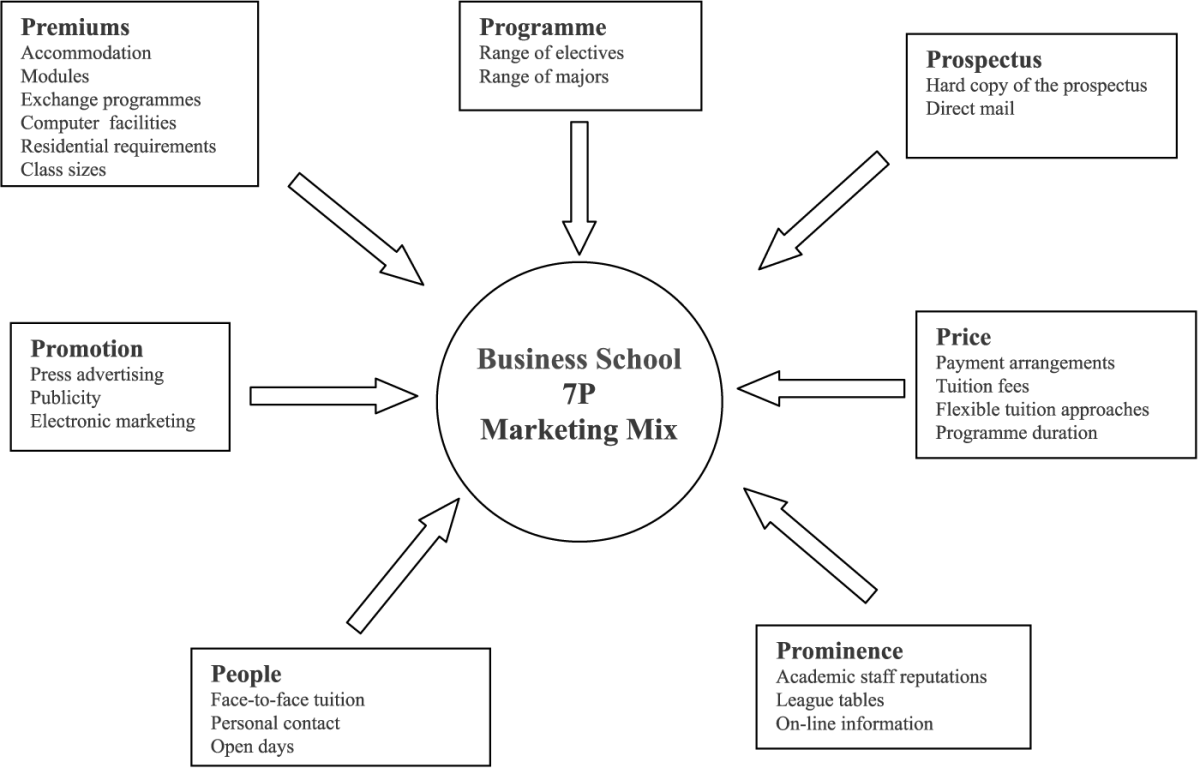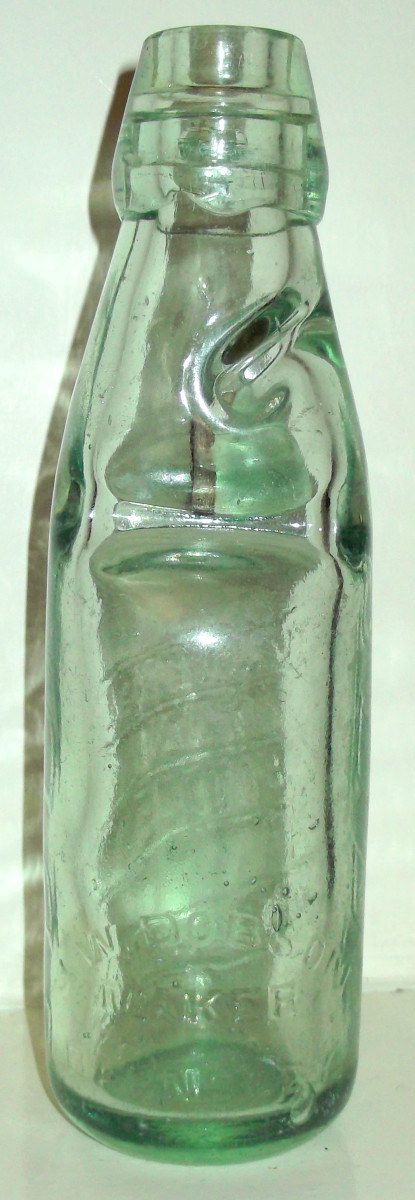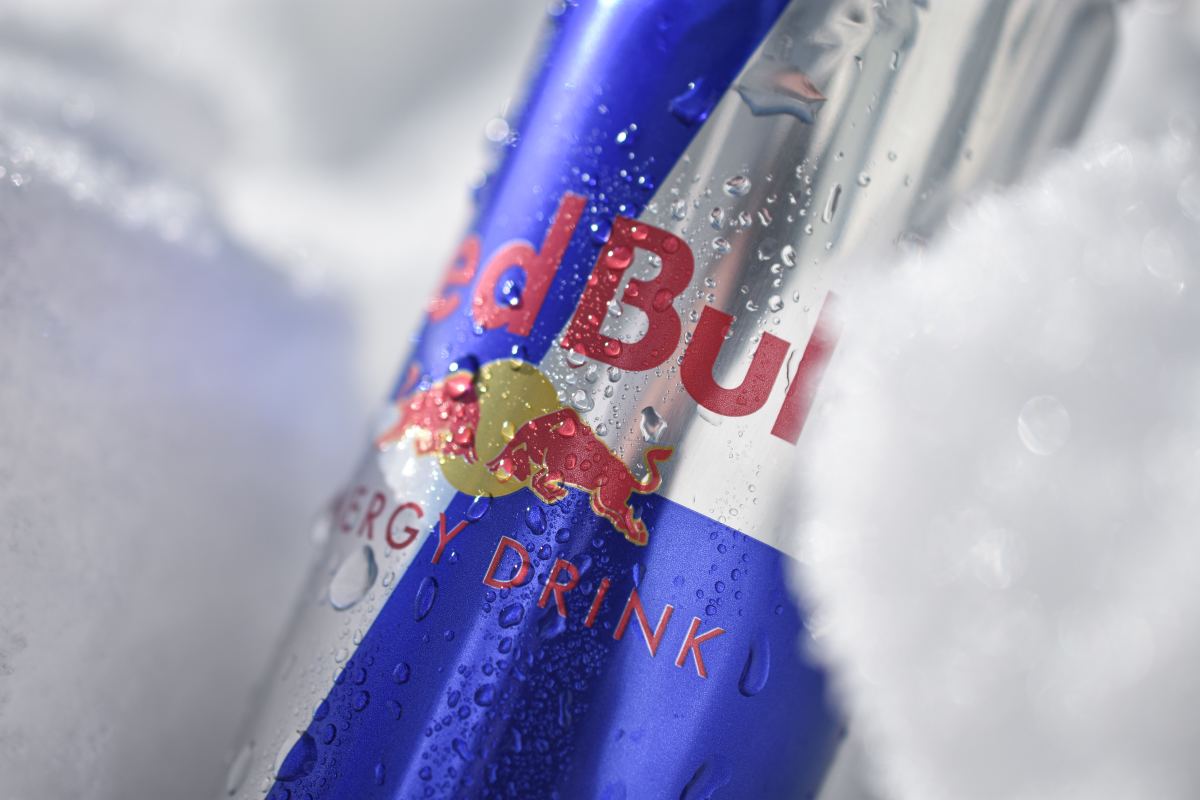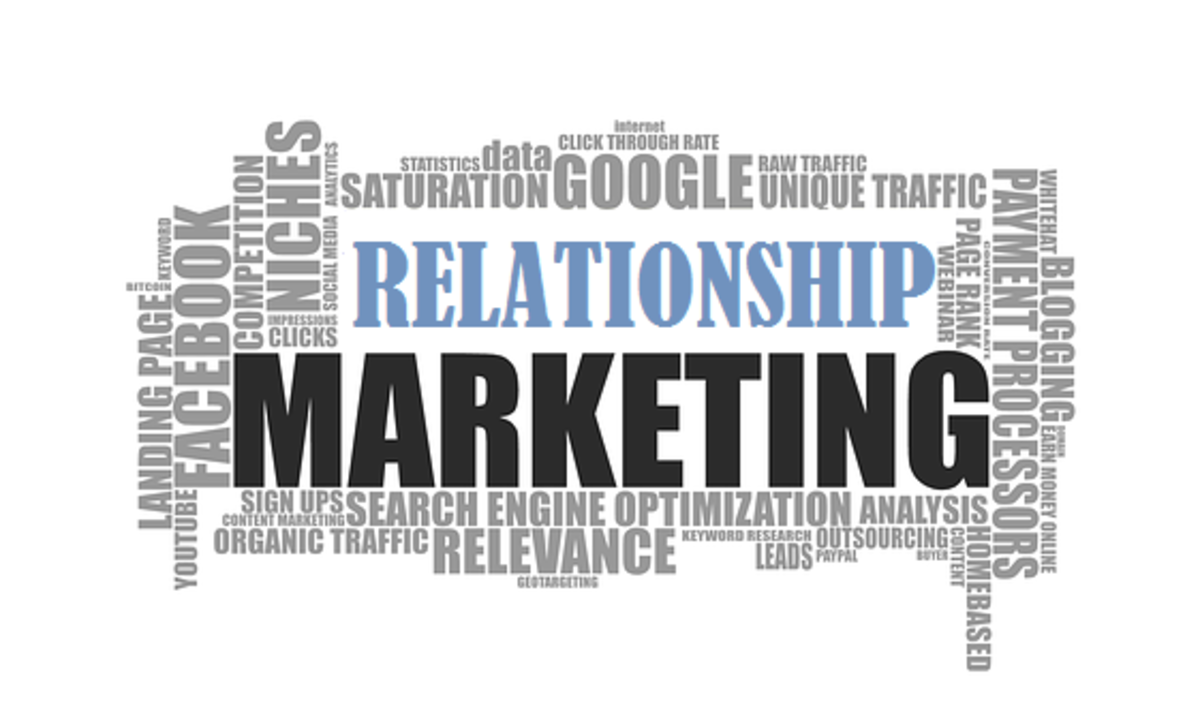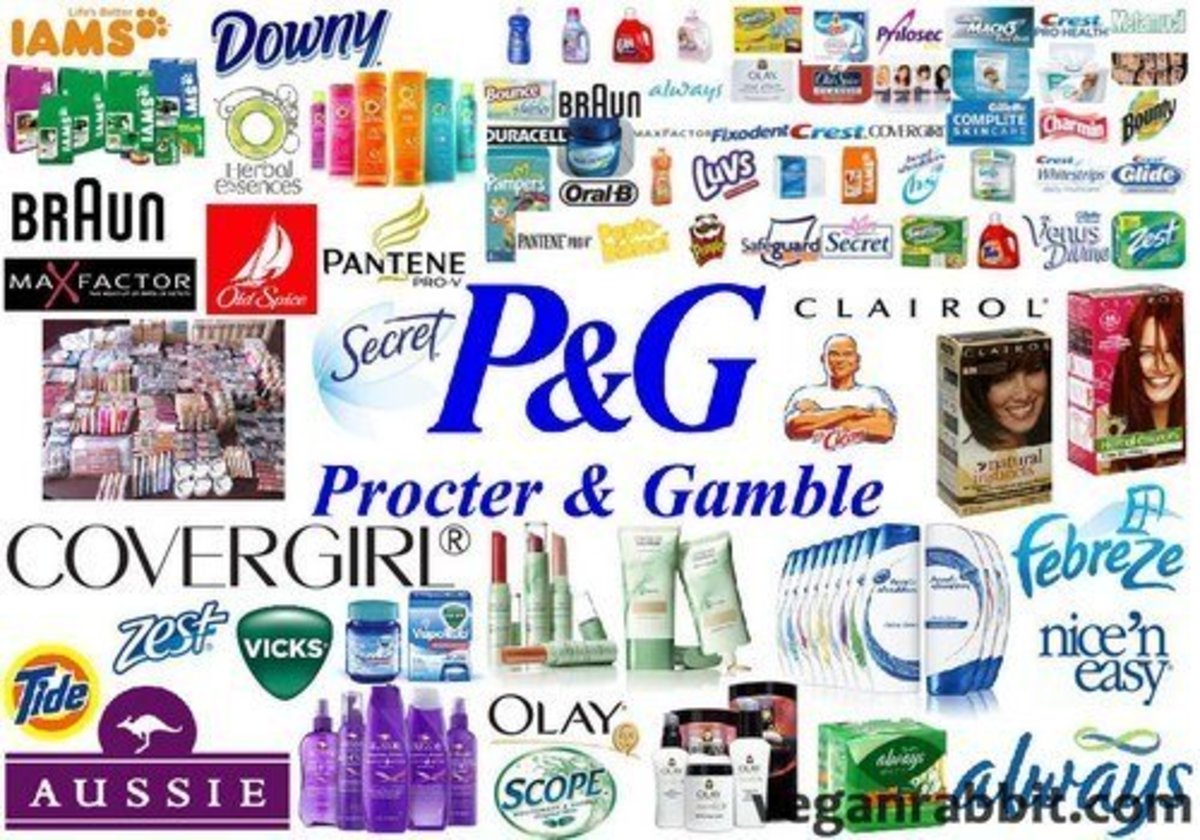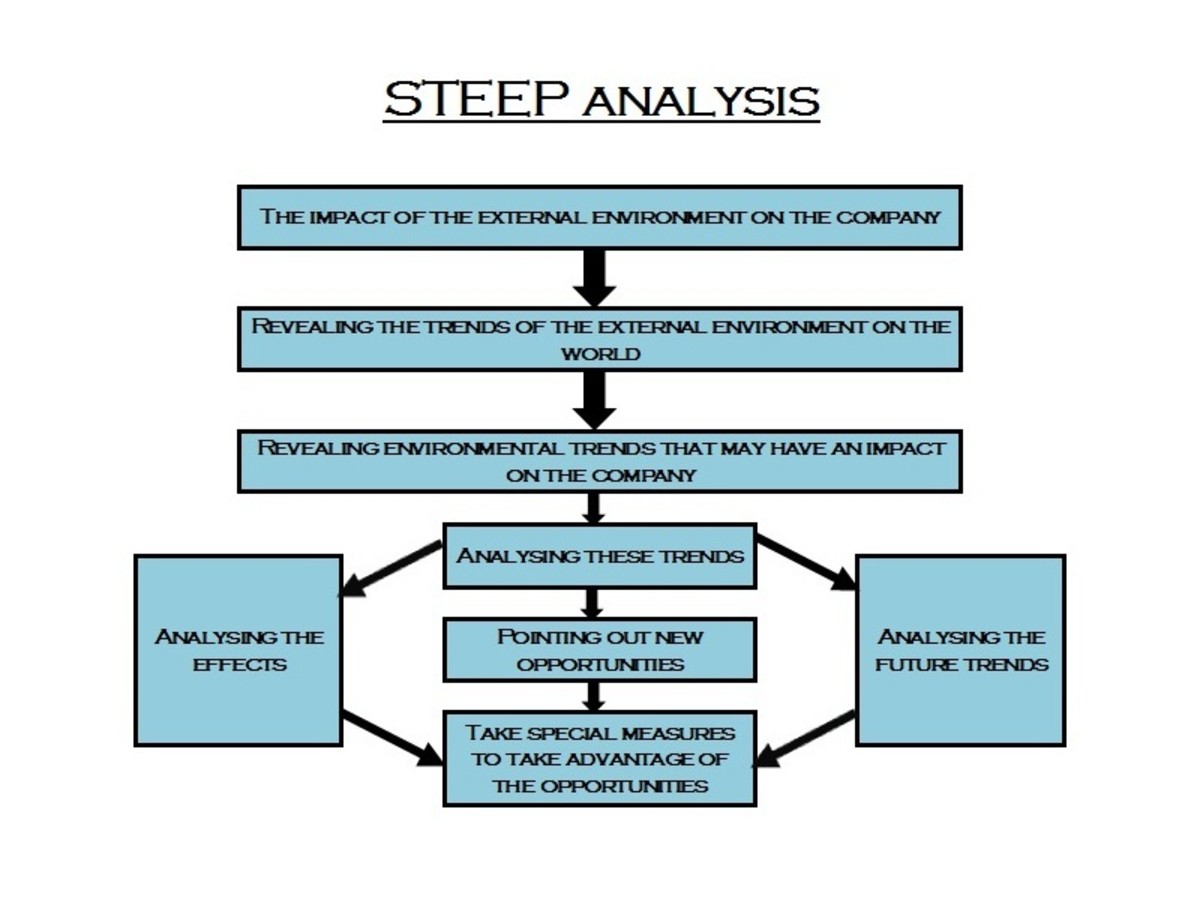History of Snapple: What you can learn about business from this brand
Snapple is a bigname brand. Did you know that it almost went out of business at one point intime? This is the story of how it was saved.
When TriarcBeverage Group acquired Snapple in 1997, Triarc’s CEO, Mike Weinstein, had tohead an intensive marketing campaign to insure that the acquisition was worththe $300 million that the company had spent on its purchase. It had been less than four short yearssince Snapple’s original owners had sold the company to Quaker during whichtime the value of the company decreased so much that Quaker made the decisionto sell it while it still could. In order to make sure that the decline did not continue, Weinstein andTriarc Beverage Group needed to rely on the results of research suggesting that the Snapple brand had strength enough to make a comeback in the beverageindustry. They also had to work tofacilitate that comeback. Luckily,Weinstein believed that it could happen with a great approach to marketing andhe had a personal history which enabled him to provide that approach.
MORE ABOUT MIKE WEINSTEIN
Weinstein’sprofessional history was such that acquisition of Snapple was right up his alley. After landing an internship with Pepsishortly after his college graduation in 1970, Weinstein steadily climbed theladder of the beverage industry. Obtaining his MBA, he proceeded to learn all that there was about thebusiness world from the ground up. Eventually, he joined Triarc. Triarc is an investment company thatspecializes in buying investments that are on the brink of bankruptcy andturning them back into viable businesses. Shortly after his addition to the Triarc team, the Snapple acquisitiontook place.
ANALYZING SNAPPLE’S PROBLEMS
In order tofacilitate the comeback of Snapple, Weinstein and Triarc first had to look at the history of the company and the reasons behind its recent decline. The company began as a family-runproject to provide 100% natural apple juice to a growing consumer base. As the company began to grow, it movedaway from being a family business. Snapple started to outsource everything fromdistribution to production. The product line expanded and the company raisedits prices which allowed it to take risks since profits were high.
Snapple thriveduntil the founder of the company decided to sell control in a leveraged buyoutin 1994. At that time, the companywas bought by Quaker Oats which had been rapidly developing its beverage linewith the growing consumer interest in Gatorade. The hope was to use Snapple to further improve this area of the company, with the stated goal being “to create the most innovativedistribution system in the beverage industry”. However, this was not to be the fate of Snapple’s futurewith Quaker. For one thing, theexisting distributors of Snapple did not want to actually want to give controlof the company over to Quaker.
Moreover, themarketing techniques that had worked to increase Gatorade sales were notapplicable to Snapple. Forexample, whereas increased size options and large-pack sales of Gatorade had been appealing to customers, Quaker’s attempt to introduce the same ideas tosales of Snapple were unsuccessful. People wanted a lot of Gatorade becausethey were supposed to drink it when they were very thirsty. Who wants a largecontainer of Snapple? Poor marketing lead to a steady decline in Snapple sales.
That was whenWeinstein and Triarc became involved in the process of reviving Snapple. Because the decline of the company hadtaken place only in the prior few years, it was critical to look at themarketing strategies employed during that time and to assess their reasons forfailure. It was found, in part,that the strategies employed by Quaker were designed to appeal to a general,widespread consumer base. GivenSnapple’s history as a family-business-driven company, as well as its directrelationship with consumers interested in organic and all-natural beverages, ageneral consumer marketing strategy was deemed to be inappropriate.
Instead, Triarchad to look at who the customers were that would be likely to purchase Snappleand to gear their marketing specifically towards those customers. It was determined that a large portionof Snapple’s early success was directly related to the way in which the brand had been different from big chain brands. It was popular in the early daysprecisely because it was a “real, human”, family-run business. The goal was torevitalize the image of Snapple with attention to making the marketing allabout the individual.
At the same time,Weinstein’s experience had taught him that a customer base can be fickle andthat it was critical to stay on top of changing trends in the industry,regularly updating the look of Snapple’s packaging to reflect what waseye-catching at any given time. His interest was in developing new products, closely monitoring the publicreaction to those products and adjusting development of the companyaccordingly.
What the companyneeded to do was to balance all of the research that had been completed aboutSnapple’s history and consumer base with the marketing and business experienceof Weinstein and the other heads of Triarc. In essence, it was important to understand who the averageconsumer of Snapple had been in the past, allowing the company to avoid theproblems experienced by Quaker during the time that it had control of theproduct. However, it would also beimportant to understand that Snapple consumers were individuals who weremotivated by the changing market as well as by their individual preferences and the company would be best served by not caving in to any pre-conceived notionsof what the customer might want. Instead, the best course of action would be to use existing distributorsto test out the market for new products.
In a sense, thisnew marketing strategy was actually a return to the old strategy employed bySnapple. New products could betested out and their viability in the market assessed because appropriate riskswere offset by the premium pricing of the product. By being tuned in to what the customer wanted and yet alsooffering the customer products he or she might not even yet desire, Triarccould bring Snapple back to the forefront of the beverage industry.
SUMMARY
Tosummarize, Weinstein came in and took a long, hard look at what had worked in the business. The result wasn’t to return to the early days but rather to takethe best of what worked back then and to combine it with the latest in moderntrends to make a product that people wanted. And a lot of people still wantSnapple today so it must’ve worked right?!
- Snapple - Made From The Best Stuff On Earth
- http://mba.tuck.dartmouth.edu/pdf/2002-1-0041.pdf
- Snapple - Wikipedia, the free encyclopedia
- Building High Performing Teams with Spirit
There are two types of teams. Teams with spirit and teams without spirit. Teams with spirit are winners. Teams without spirit are losers. That's just the way it is. Take a look at your favorite sports... - Snapple Beverage Corporation -- Company History
- Snapple Green Teas- A 2006 Memorable New Product Lau...
New Snapple Green Tea. Overall, the launch of this new line of Snapple beverages has been a success because it has garnered the support of health-conscious tea drinkers nationwide and has provided its brand enthusiasts in the greater New York City ar



